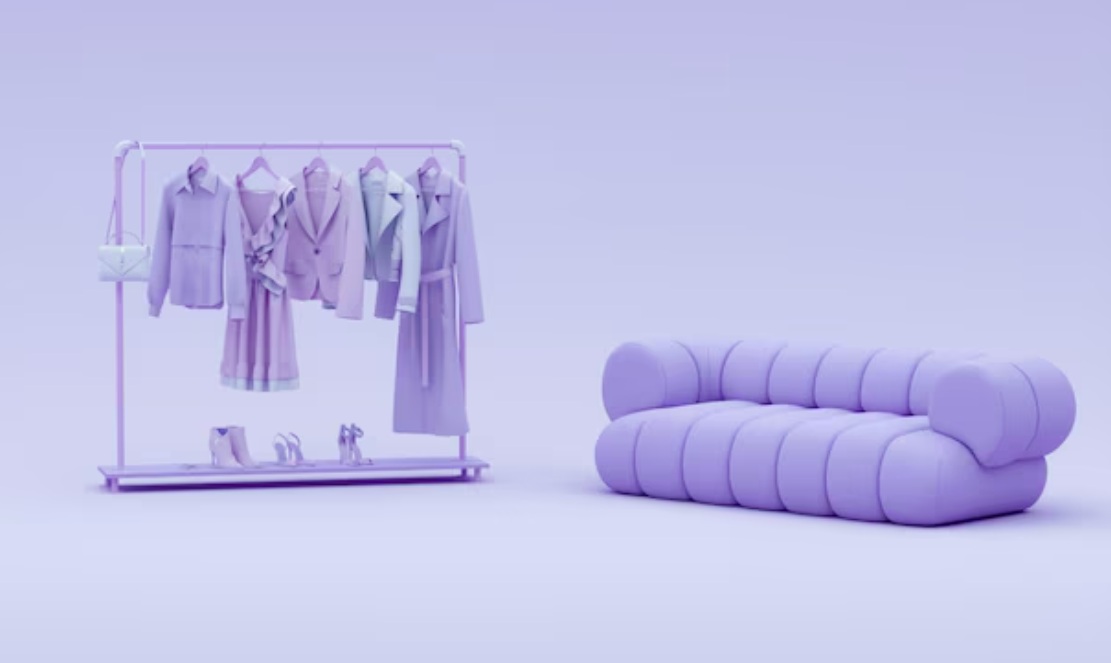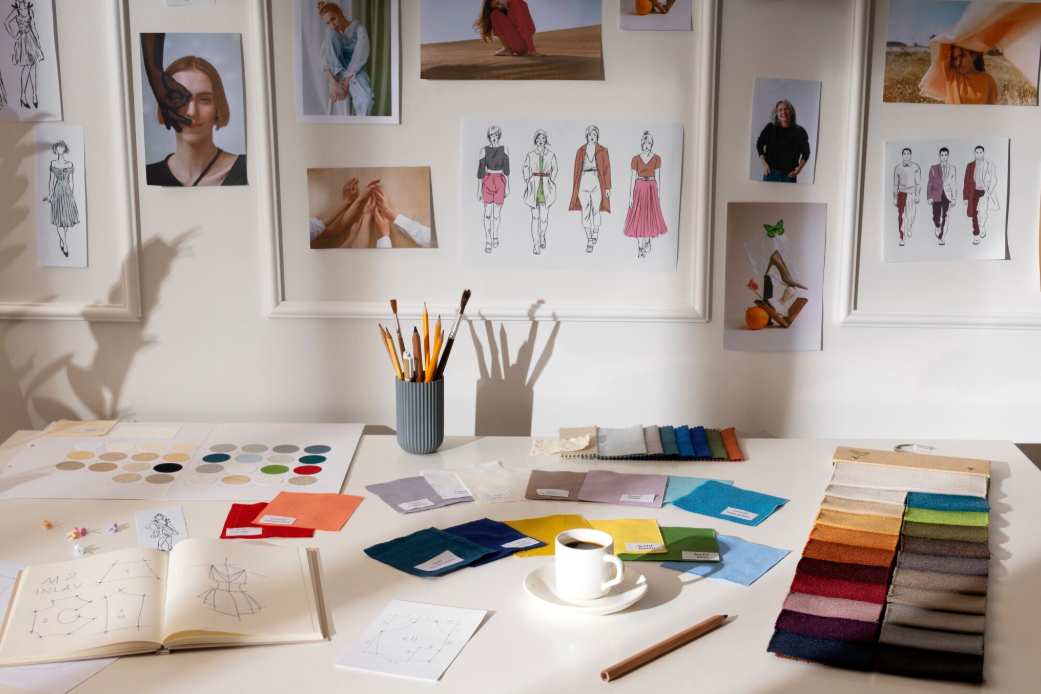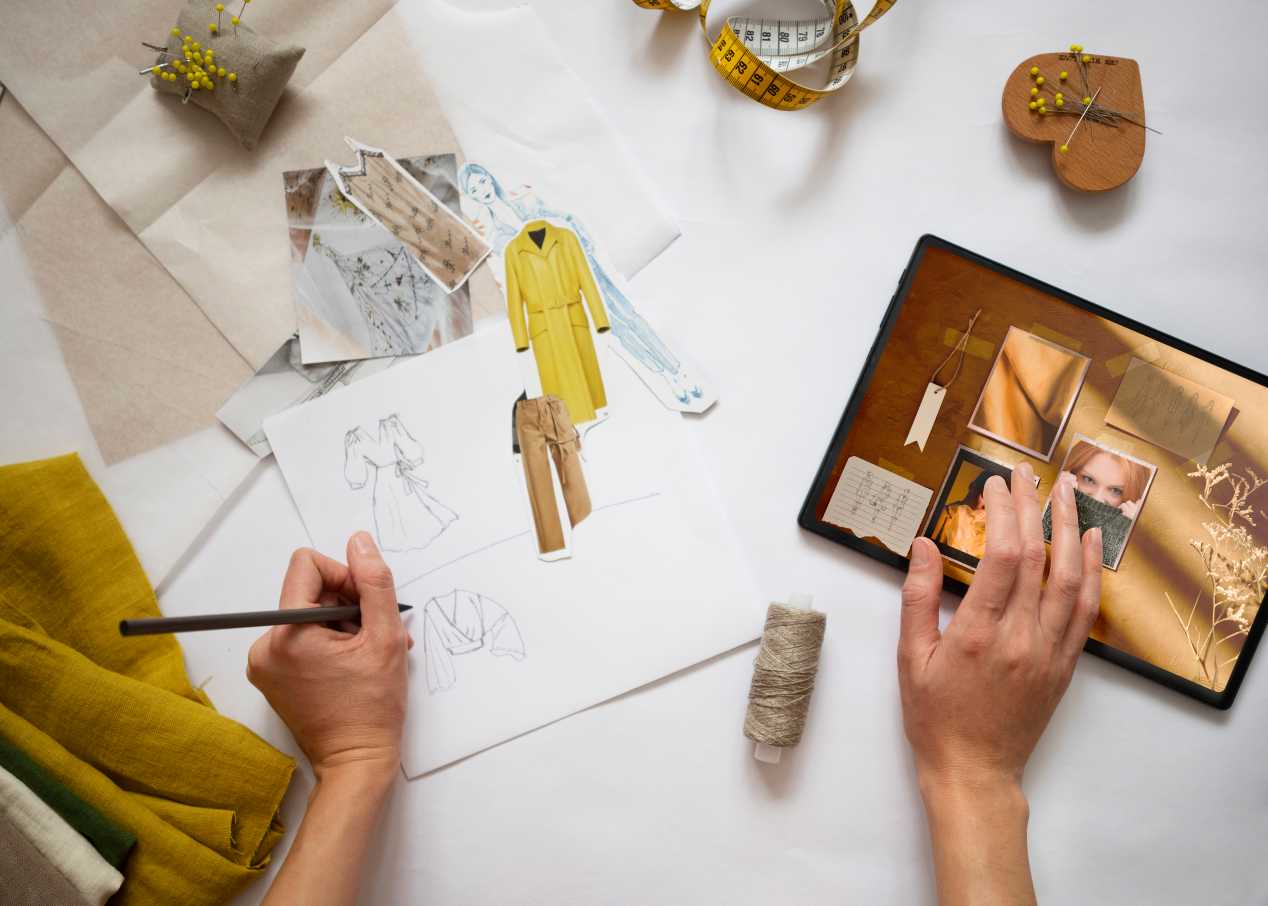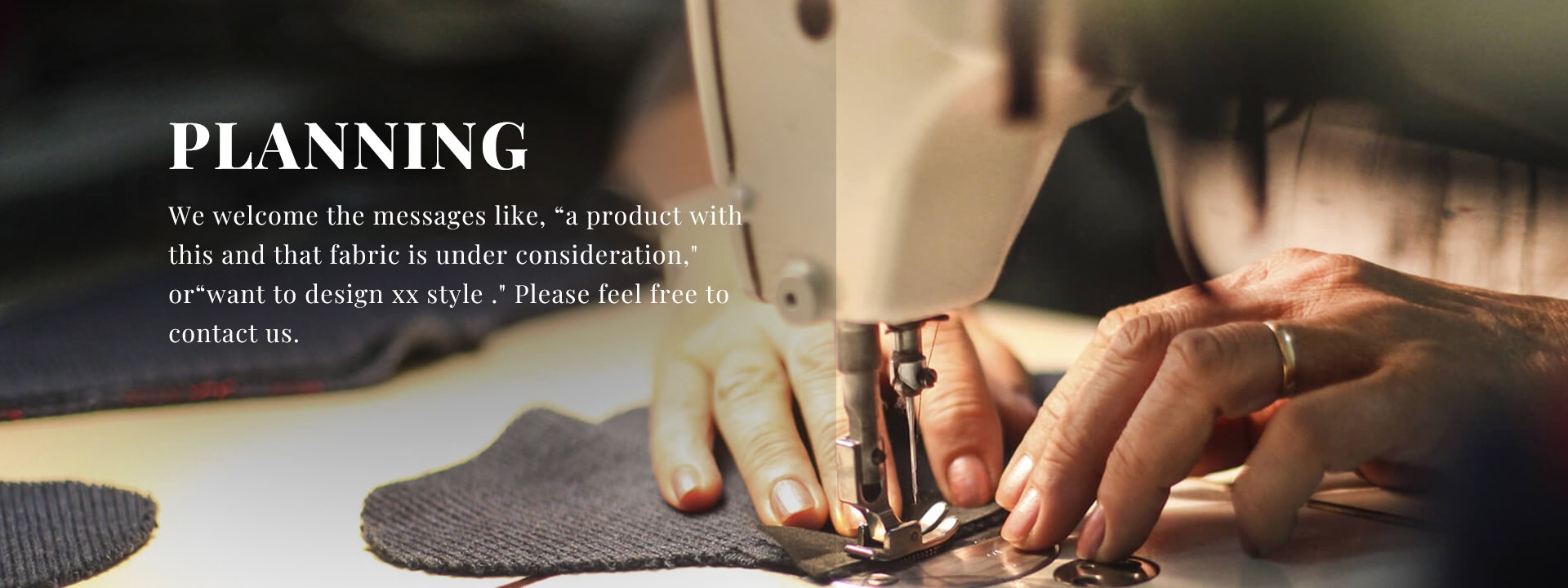How 3D Software is Building a Sustainable and Customizable Fashion Future
What’s 3D Fashion Design and Why’s It a Big Deal?
How Does 3D Software Shake Up the Old-School Clothing Design Process?
Traditional fashion design leans hard on hand-drawn sketches, pattern drafting, and tons of physical samples. It’s slow, eats up resources, and isn’t great for the planet. Digital clothing design software like CLO 3D and Browzwear’s VStitcher lets designers whip up detailed garments in a virtual world. By mimicking how fabrics move and drape digitally, it cuts way down on the need for physical samples.
These tools let designers, pattern makers, and manufacturers team up in real-time. You can see fit and style tweaks instantly, no fabric cutting required, which kills off a lot of the usual hassle.
From Sketch to Simulation: How the Digital Garment Workflow Works
The 3D fashion design process kicks off with sketching and concept work right in the software. Designers plug in measurements or use digital avatars to check fit. Patterns get made digitally and stitched together in a virtual space to create a full garment.
This simulation lets you test different fabrics, textures, and colors without making a single real prototype. Once it’s good to go, you can export the design for on-demand production or further tweaks.
What’s Cool About 3D Clothing Design Software?
Key features include super-realistic fabric simulation, customizable avatars for spot-on fit testing, pattern drafting tools, real-time rendering, integration with PLM systems, and support for AR/VR apps. Browzwear’s VStitcher, for example, lets designers build and see their creations in a virtual space, making the whole process from idea to production way smoother.
Why Traditional Fashion Production’s Environmental Impact Sucks
Why’s Sustainability Such a Hot Topic in Fashion?
The fashion industry’s a major polluter, chugging through water, dumping chemicals from dyeing, and piling up textile waste from overproduction. People are pushing hard for greener options that vibe with eco-friendly values.
Waste and Overproduction: Why Physical Sampling’s a Problem
Making physical samples often means churning out multiple versions before getting the green light. This creates tons of material waste and burns energy. It will take 1 to 2 weeks from purchasing materials till outputting pre-production samples, often requiring two or three rounds of sampling which compounds waste generation.
How 3D Design Cuts Down Waste and Carbon Footprint
With 3D fashion design, you can create detailed garments virtually, slashing the need for physical prototypes. Manufacturers can predict how a garment will drape, fit, and look without making tons of samples. This saves materials and cuts emissions from shipping samples around the world.
By weaving digital clothing design software into the process, brands can trim transport costs and carbon emissions from sample shipping, lining up with sustainability goals.

Speeding Up to Market with Digital Prototyping
How Does Virtual Sampling Make Things Faster?
Ditching Multiple Physical Samples
Tools like CLO 3D or Browzwear’s VStitcher let designers prototype garments digitally, cutting sample rounds big-time. Sometimes it need 2-3 round counter samples procedure till final fitting approval. Virtual prototyping gets rid of that back-and-forth.
Real-Time Tweaks and Changes
Designers can adjust patterns or styles on the fly based on feedback using real-time simulations. This speed lets global teams make decisions without waiting days or weeks for new samples.
How Does 3D Software Shorten Product Development?
The best 3D software for fashion design streamlines everything by nailing accurate digital prototyping. It makes communication between design and manufacturing teams seamless, speeding up approvals and cutting errors.
Boosting Customization with Digital Fashion Tools
Can Customers Personalize Clothes Using 3D Software?
Yup! Thanks to slick digital interfaces and virtual try-on apps with avatars, customers can tweak garments to match their style.
On-Demand Manufacturing with Digital Design
Digital designs can go straight to production lines once customers give the thumbs-up. This just-in-time approach kills off unsold inventory, a huge headache in old-school retail.
Virtual Try-Ons and Fit Customization with Avatars
Customizable avatars based on real body measurements let people preview fit online before buying, boosting satisfaction and cutting returns.
How Does 3D Design Help with Size Inclusivity?
Digital avatars cover a wide range of body types beyond standard sizes. Designers can test how clothes look on different shapes during development, making for a more inclusive lineup at launch.
Top Tools for 3D Clothing Design
Which Software’s Leading the Charge in Fashion Design?
CLO 3D: Realistic Simulation for Apparel Designers
CLO 3D brings high-quality fabric rendering and an easy-to-use interface for apparel pros chasing realistic drape simulation.
Browzwear’s VStitcher: Pattern-to-Prototype Workflow
Browzwear’s tools make the production process smoother by nailing accurate digital prototyping—perfect for brands focused on sustainability without sacrificing speed or quality.
Marvelous Designer: Dynamic Clothing for Entertainment and Fashion
Popular in gaming and fashion, Marvelous Designer rocks at creating animated clothing simulations used across industries.
TUKA 3D: Virtual Fitting on Animated Avatars
TUKA Tech’s TUKA 3D nails fit accuracy with animated avatars that mimic human movement, adding realism during fitting.
Romans CAD: Specialized for Leather Goods and Footwear
Romans CAD has modules tailored for leather products like bags or shoes, where materials act differently from textiles.

Bridging Physical and Digital Fashion Experiences
What Are Virtual Fitting Rooms and How Do They Work?
Virtual fitting rooms use augmented reality (AR) overlays and body scanning tech to show how clothes fit via smartphone or webcam.
AR Integration for Online Shopping
Retailers add AR-powered try-on features to online stores, letting users see products in real-time—building confidence before they buy.
Body Scanning and Data Privacy Concerns
Body scanning makes personalization super accurate but raises privacy questions about biometric data storage. Brands need to handle this openly with secure systems.
How Do Digital Experiences Boost Customer Engagement?
Interactive stuff like avatar customization or fun styling sessions gets customers hooked on a brand while giving insights into what they love—driving loyalty and sales.
Real-World Application: INVIDIA Textile’s Use of 3D Software
Who’s INVIDIA Textile, and How Do They Use Digital Tools?
We at INVIDIA Textile are a trusted manufacturer serving retailers worldwide with strong sourcing support for OEM/ODM services. We have already built our own development design/sourcing team, sample center, merchandiser and inspection team which allows us to deliver fast yet flexible solutions tailored to client needs.
Using 3D Software for Sustainable Product Development
We lean hard on 3D software during planning to visualize garments digitally before sampling, saving time and ensuring precision that matches client expectations.
Cutting Sample Waste with Virtual Prototyping
We will make the first round counter samples as per design request for fitting, but thanks to our adoption of 3D software we often reduce this need by validating designs virtually first—minimizing fabric waste considerably compared to conventional methods.
What Makes INVIDIA Textile Stand Out in Digital Fashion?
Our knack for blending cutting-edge tech with personalized service sets us apart. Please inform us of your inquiry on fabric and styles. We will make design plan according to your product concept. Our system-driven management delivers quality products and sustainable solutions powered by innovations throughout our workflow.

Maswali ya kawaida
Q: What’s the best 3D software for clothing design?
A: Top picks include CLO 3D for its realistic rendering capabilities; Browzwear’s VStitcher known for seamless pattern-to-prototype workflows; Marvelous Designer favored in entertainment sectors; TUKA 3D focusing on animated avatar fittings; Romans CAD specialized in leather goods production.
Q: Can I use 3D fashion software without a fashion design background?
A: Yup! Platforms like CLO have user-friendly interfaces that work for beginners but still pack advanced features pros love. Tons of online tutorials make it easy to jump in.
Q: Is 3D clothing design greener than traditional methods?
A: Totally. Digital clothing design software not only streamlines the design process but also seriously cuts the environmental impact of fashion production by reducing sample waste, energy use, shipping needs, and supporting eco-friendly innovation across supply chains.

 +86-13634185427
+86-13634185427




